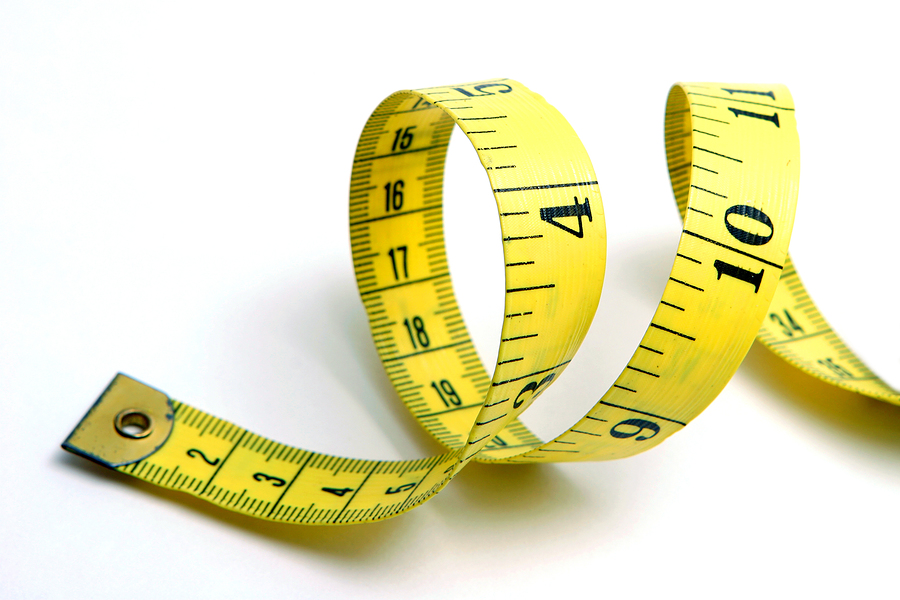All of a sudden you get put in charge of building a new training course for your organization. It could be leadership training, professional training or technical training. Doesn’t matter. So you do the hard work of analyzing the learning needs, developing objectives, designing content, coordinating the event and finally delivering the course. Mission accomplished! That is, until management asks for the evaluation results to find out what difference the course made. Now you’re just insulted. After all the hard work you put in, management thinks your course may have been a flop? The nerve!
This may be how you feel about evaluation… unless you have a built-in evaluation plan. In that case, you’ll be ready to hand over the results of your training before management even asks for it.
So how do you evaluate learning programs? In this post, I’d like to summarize the Kirkpatrick Four Levels of Learning Evaluation.
 Donald Kirkpatrick is the founder of training firm Kirkpatrick Partners and a past president of the American Society of Training & Development (ASTD). In 1954, Kirkpatrick developed what is now known as the Kirkpatrick Evaluation Model as part of his doctoral dissertation. The comprehensive guide is presented in his book Evaluation Training Programs: The Four Levels. Here are the four levels:
Donald Kirkpatrick is the founder of training firm Kirkpatrick Partners and a past president of the American Society of Training & Development (ASTD). In 1954, Kirkpatrick developed what is now known as the Kirkpatrick Evaluation Model as part of his doctoral dissertation. The comprehensive guide is presented in his book Evaluation Training Programs: The Four Levels. Here are the four levels:
Level 1: Reaction
This level measures the initial reaction of training participants to the content and event. It focuses both on their thoughts and feelings. Were they actively engaged? Did it seem relevant to them? Did they get to participate in the learning process? The Level 1 evaluation is most easily conducted onsite at the conclusion of the learning event, or at least very soon afterward. A short form or survey is usually the easiest tool to use.
Level 2: Learning
This level measures the increase in knowledge or capability as it relates to the course’s content. The ultimate goal is for participants to learn the material, develop the necessary skills, believe it is worthwhile, and be both confident and committed to using what they’ve learned. Depending on the course subject, evaluating this level may be a bit tricky. To measure an increase, obviously there ought to be a pre-event and post-event assessment. One method is to have practical exercises at the conclusion of the training to measure learning. Another is to use a test or observe on the work site afterwards.
Level 3: Behavior
This level measures the application of the learning in the participants’ work roles over time. The crucial part of this level is that the course’s learning goals must to be supported by the organization’s infrastructure, processes & systems in order to provide the sustained motivation for application. In other words, it needs to be easy for the participants to practice what they’ve learned without interference, and there should be visible rewards. One way to measure this is to interview managers who have been encouraged to observe their teams’ behavior after the learning event has taken place. (This is one reason it’s so important to involve managers in the course development).
Level 4: Results
This level is the ultimate measure of learning effectiveness: improved business results, such as increased sales, decreased turnover, higher employee engagement, etc. The great thing about this level is that management already measures these business results. The important thing for you is to be able to link the training to the results it ought to affect. Next, identify the performance of the participants for the next time period. Then you’ll be able to report that, “the average training participant had a 30% sales increase in the year following the training” or “customer service satisfaction levels for participants were 20% higher than for non-participants.” The more you can measure results, the better a case you make for your learning program.
Learning evaluation can at times seem complicated but it can also be provide immense clarity. Don’t make it harder than it needs to be. If you aren’t currently doing any evaluation of your learning programs, simply pick one level and start with that. The feedback you get will let you know if you’re on the right track.
Which level do you focus on the most?
